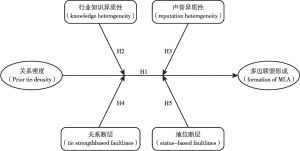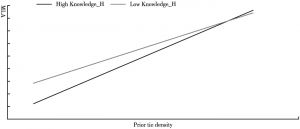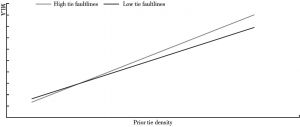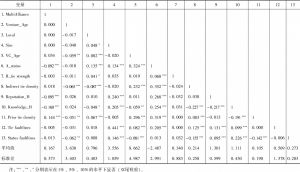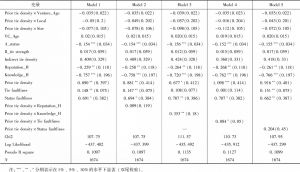章节
多边联盟的形成研究:关系密度作用的情境分析
关键词
作者
罗超亮 ,贵州财经大学工商学院讲师、管理学博士,研究方向为战略管理、风险投资。在《中山大学学报》《南开管理评论》等期刊上发表多篇论文,现主持国家自然科学基金青年项目1项,参与国家自然科学基金项目多项。
符正平 ,教授,中山大学自贸区综合研究院院长,兼粤港澳发展研究院副院长,研究方向:产业组织与管理、区域发展战略与管理。
刘冰 ,中山大学旅游学院副教授、管理学博士、硕士生导师。主要研究领域为战略管理、旅游管理、风险投资、社会网络。在Tourism Management、《南开管理评论》、《旅游学刊》等期刊发表多篇论文。主持并完成国家自然科学基金项目和国家社会科学基金项目多项。
王曦 ,南华大学经济管理与法学学院讲师,管理学博士。主要研究领域为战略管理、风险投资、社会网络。在《西北工业大学学报》《山西财经大学学报》等CSSCI期刊上发表论文近10篇。主持湖南省社会科学基金项目1项,参与国家自然科学基金项目多项。
检索正文关键字
章节目录
-
第一节 研究背景
- 一 问题的提出
- 二 关系密度的内涵
-
第二节 理论基础和研究假设
- 一 关系密度和多边联盟形成
- 二 行业知识异质性的情境作用
- 三 声誉异质性的情境作用
- 四 关系断层的情境作用
- 五 地位断层的情境作用
-
第三节 研究设计
- 一 概念模型
- 二 样本选取与数据搜集
- 三 变量及其测度
- 1.声誉异质性
- 2.行业知识异质性
- 3.前期关系密度
- 4.关系断层
- 5.地位断层
-
第四节 假设检验与结果分析
- 一 相关系数分析
- 二 Logit回归及结果分析
-
第五节 研究结论和启示
- 一 研究结论
- (一)潜在合作伙伴之间的前期关系密度对于它们未来形成多边联盟具有重要的积极作用
- (二)潜在合作伙伴之间的行业知识异质性显著增强了前期关系密度的正向效应,而声誉异质性的影响并不显著
- (三)关系断层对多边联盟的形成也有着直接的正向影响,同时也显著增强了关系密度的正向作用
- (四)地位断层并未显著增强关系密度的正向作用,但是它对多边联盟的形成却有着正向的直接作用
- 二 启示
- 一 研究结论
相关文献
查看更多>>>


